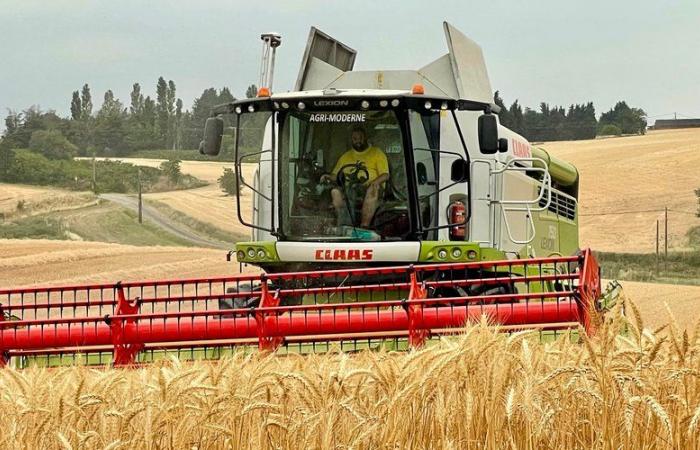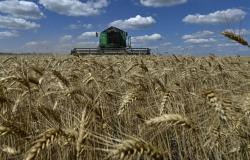The first harvests took place over two days last week. Between two days of rain, some farmers had taken advantage of a window of calm. This week’s good weather got the harvesters moving.
Small harvests
The first returns echo a small harvest. “For barley, some are happy with 50 quintals per hectare except that today, with that, we do not cover the production costs. We would need 70”, underlines Jean-Pierre Alaux, president of the FDSEA. For peas, clearly, it is not better. The only advantage is a small bonus from the CAP. As for rapeseed, with about twenty quintals per hectare, we are far from the mark, since to valorize it we need at least 15 more. In short, very often the quantity is not there. There are several reasons for this, starting with the drought from January to April which penalized a key stage of sowing. “We are missing three weeks of flowering”, explains Jérôme Barthès, vice-president. Another factor, the leafhopper and the aphid as the profession feared. Two or three weeks ago, Jérôme Barthès and Didier Gazel, president of the Chaurien canton, went to take stock of the situation and unfortunately time has proven them right. On one of the plots visited, the damage is significant with only 13 quintals of barley per hectare, which is to say nothing. “The gaucho, which was only used occasionally and partially, on certain exposed hillsides, made it possible to regulate pest populations,” points out David Vincent, a member of the office.
For durum wheat, we hope for good yields, at least in plots spared by pests. Durum wheat, on the other hand, should do well. In any case, production will be very heterogeneous. We have to wait and take stock of the harvests. “Overall, we have the same good yields as 10 years ago except that we don’t have the prices to match, with costs that have also exploded”, comments, in turn, the retired member of the team, Henri Blanc. “We talk about the phytosanitary and input production costs which are catastrophic, we talk less about those related to equipment”, notes Jean-Pierre Alaux. Let’s also talk about GNR (Editor’s note: non-road diesel) with a hard-won advance during the demonstrations at the beginning of the year. With, now, the fear of a backtracking with the next government. “Today, energy costs €30 per hectare, €60 for machine investment, €5 for insurance, €25 for a driver… To name a few. To date, the harvests that have started will not cover the costs,” they all list in unison. And don’t talk to them about the promised simplifications, they see red! Now it remains to be seen what the future holds for the agricultural world and what the next government team will do.






